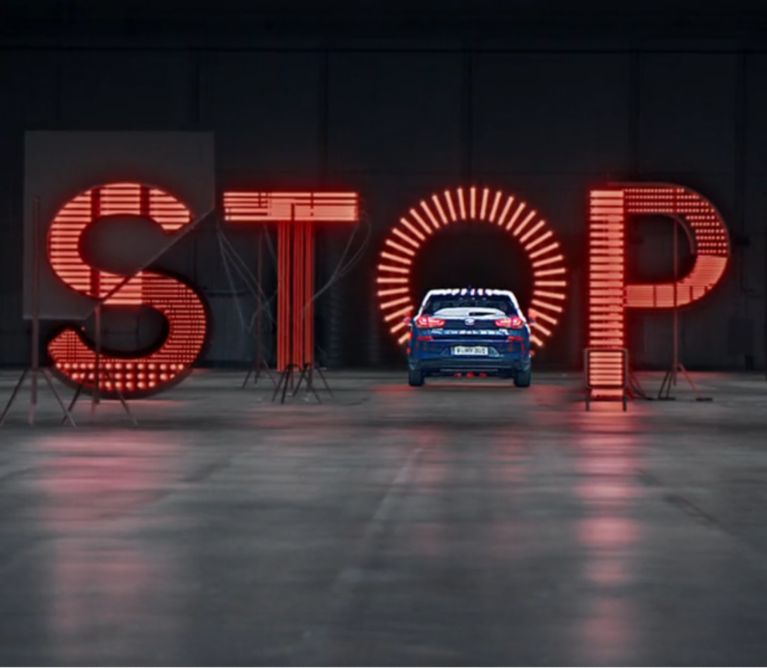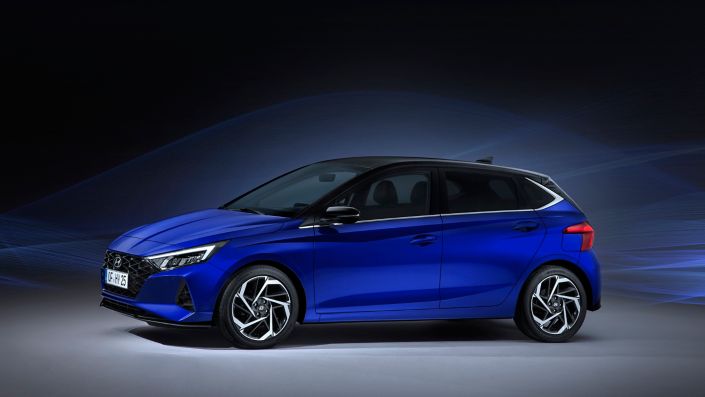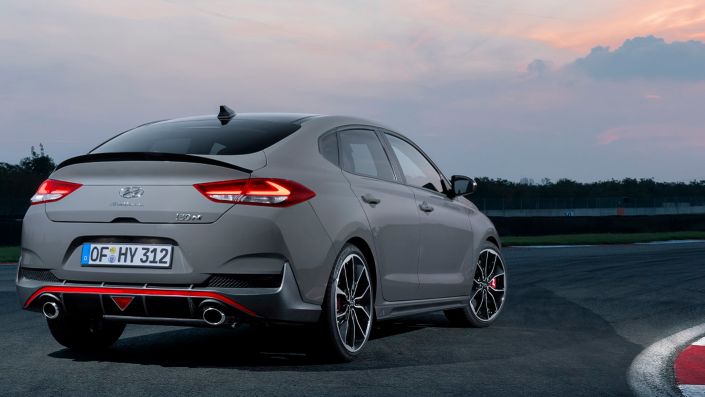The New Generation i30 is Hyundai Motor’s answer to changing contemporary values and customer preferences toward technology-driven solutions, individuality in style and flexibility. The second member of the Hyundai i30 family is the Wagon, which received its world premiere at the 2017 Geneva International Motor Show. As well as boasting an appealing design and an efficient and dynamic ride, the i30 Wagon offers a range of comprehensive active safety features.
Driver Attention Alert is a driver protection feature which helps monitor driving patterns in order to detect reckless or fatigued driving and prevent potential accidents. The system analyses different vehicle signals such as steering angle, steering torque, the i30 Wagon’s position in the lane and driving time. If the system detects inattentive driving patterns, an audible sound and message on the display panel will bring this to the driver’s attention.
Get alerted when you’re feeling tired behind the wheel
Driver Attention Alert is a driver protection feature which helps monitor driving patterns in order to detect reckless or fatigued driving and prevent potential accidents. The system analyses different vehicle signals such as steering angle, steering torque, the i30 Wagon’s position in the lane and driving time. If the system detects inattentive driving patterns, an audible sound and message on the display panel will bring this to the driver’s attention.
Press material
Modern cars feature a range of active safety features to reduce accidents. Check out these videos to see how the New Generation Hyundai i30 keeps you safe on the road.
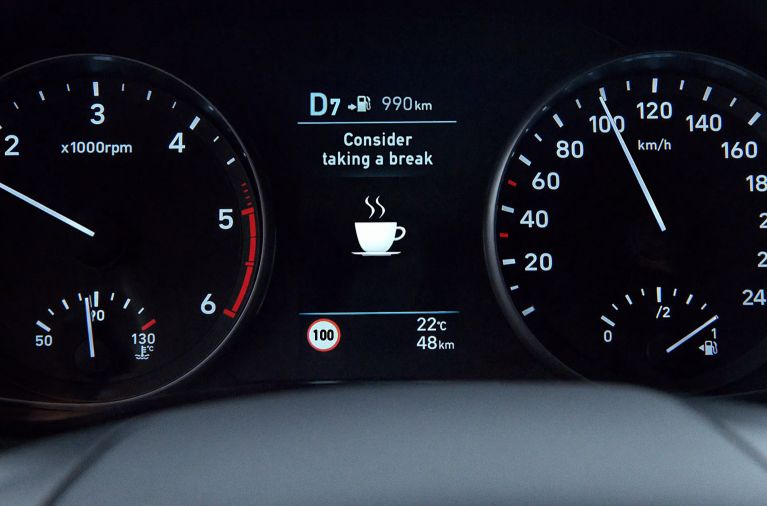
Hyundai i30 - Driver attention
Reverse safely without backing into oncoming traffic
Using the i30’s BSD sensors, the Rear-Cross Traffic Alert (RCTA) system reduces the risk of collision with approaching vehicles when reversing in areas of low visibility. The RCTA's radar scans a 180-degree area behind the vehicle for approaching cross-traffic.
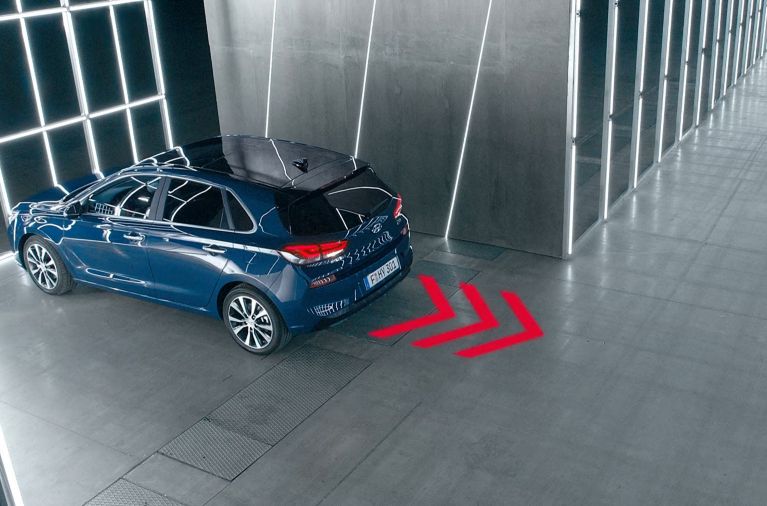
Automatic brakes in emergency situations
The i30 is fitted with Autonomous Emergency Braking (AEB), which alerts drivers to emergency situations, braking autonomously if required. AEB works in three stages using front radar and camera sensors. First, it controls the brake according to the collision danger stage, and applies maximum braking force to avoid a collision or minimise damage when a collision is unavoidable. The system is activated when a vehicle or pedestrian is sensed in front of the car, operating at speeds of 10 km/h or above.
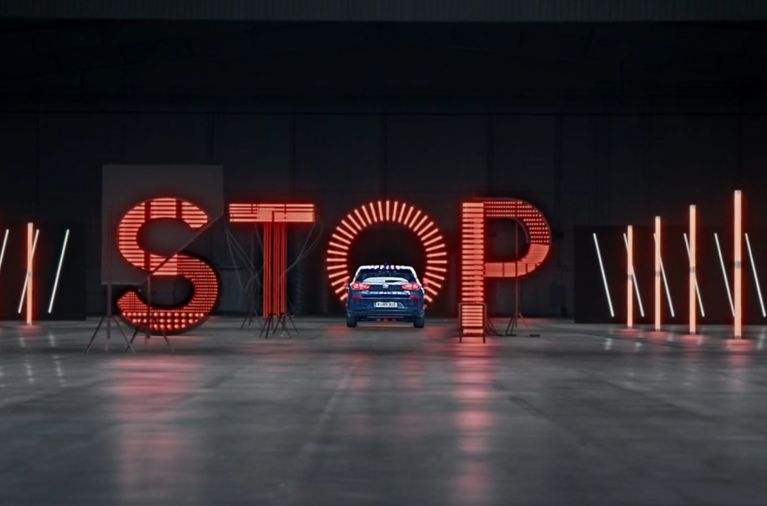
The i30 provides Blind Spot Detection
The i30's Blind Spot Detection also uses radar technology. Working with Lane Charge Assist, it monitors the rear corners and, if another vehicle is detected, a visual alert appears in the exterior mirrors. If the driver then activates the indicators, an audible signal is emitted. This also applies for a lane change situation when another vehicle is detected.
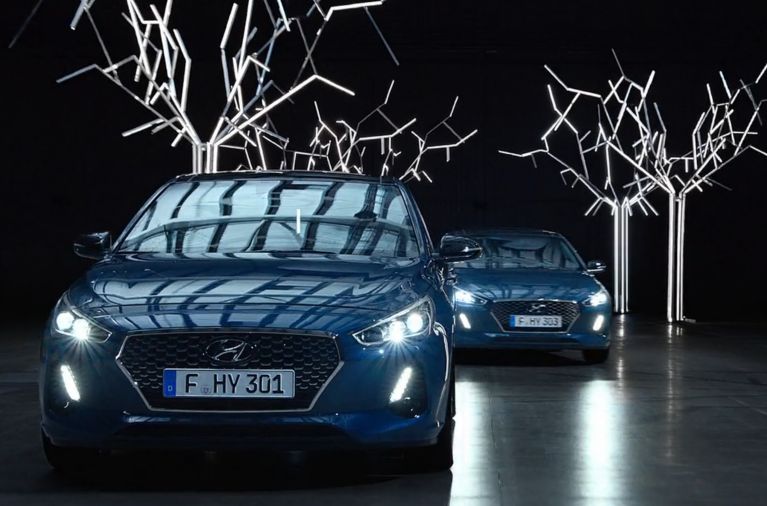
The i30’s Advanced Smart Cruise Control ensures you maintain a consistent speed
Using front radar sensors, Advanced Smart Cruise Control allows the i30 to maintain a constant speed and distance from the vehicle ahead by automatically accelerating and braking. When traffic stops, this system applies the brake until the car comes to a standstill, and accelerates to the driver’s desired speed as soon as the road becomes clear.
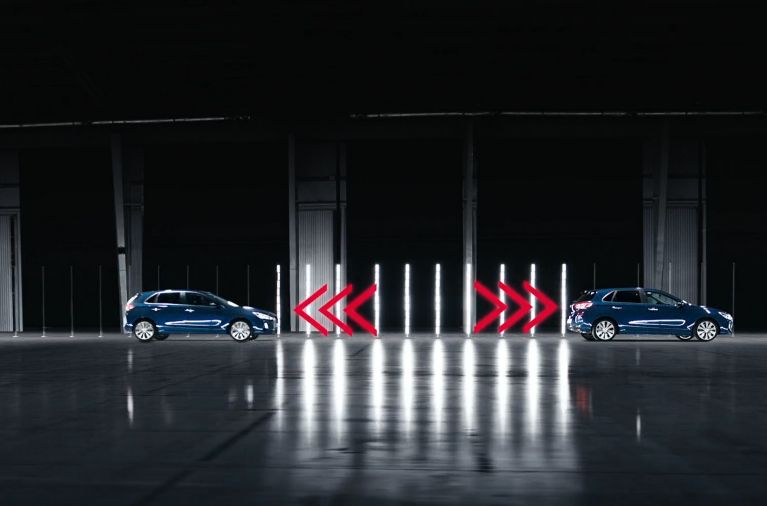
Hyundai i30 - Smart Cruise Control
Stay in lane
The i30’s Lane Keeping Assist System alerts the driver if it begins to make unsafe movements at over 60 km/h. It does this by sensing the car’s position and sounds an alarm before the car moves over white, grey and blue lines as well as Bott’s dots on the road. Corrective steering then guides drivers back to a safe position.
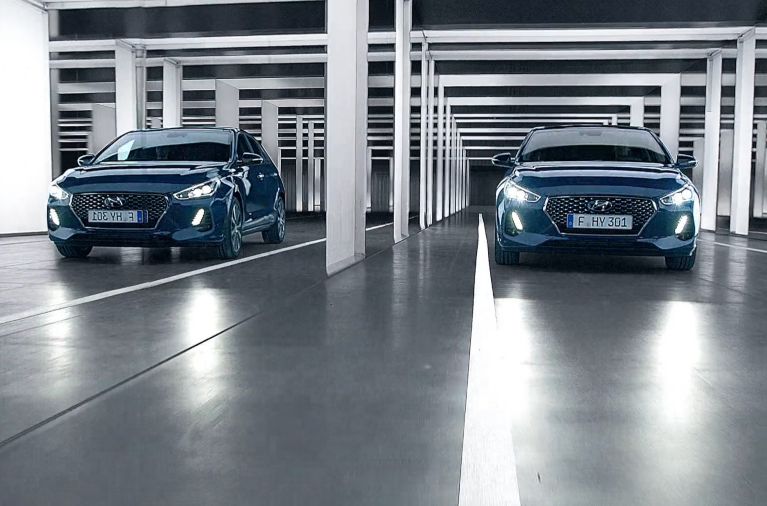
Consumption Data*
Gasoline Engines
1.4 MPI (100 PS): Fuel consumption combined: 5.6 - 5.4 l/100 km; urban: 6.8 - 6.6 l/100 km; extra-urban: 4.9 - 4.8 l/100 km; CO2 emissions combined: 130 - 126 g/km
1.0 T-GDi (120 PS): Fuel consumption combined: 5.0 - 4.5 l/100 km; urban: 5.8 - 5.4 l/100 km; extra-urban: 4.6 - 4.0 l/100 km; CO2 emissions combined: 115 - 103 g/km
1.4 T-GDi (140 PS): Fuel consumption combined: 5.5 - 4.8 l/100 km; urban: 6.6 - 5.9 l/100 km; extra-urban: 5.0 - 4.1 l/100 km; CO2 emissions combined: 125 - 109 g/km
Diesel Engines
1.6 CRDi (95 PS): Fuel consumption combined: 3.8 - 3.6 l/100 km; urban: 4.1 – 4.0 l/100 km; extra-urban: 3.6 - 3.5 l/100 km; CO2 emissions combined: 98 - 95 g/km
1.6 CRDi (110 PS): Fuel consumption combined: 4.1 - 3.4 l/100 km; urban: 4.4 – 3.8 l/100 km; extra-urban: 3.9 - 3.2 l/100 km; CO2 emissions combined: 109 - 89 g/km
1.6 CRDi (136 PS): Fuel consumption combined: 4.1 - 3.8 l/100 km; urban: 4.4 - 4.2 l/100 km; extra-urban: 3.9 - 3.6 l/100 km; CO2 emissions combined: 109 - 99 g/km
*Depending on trim and tire specifications.

